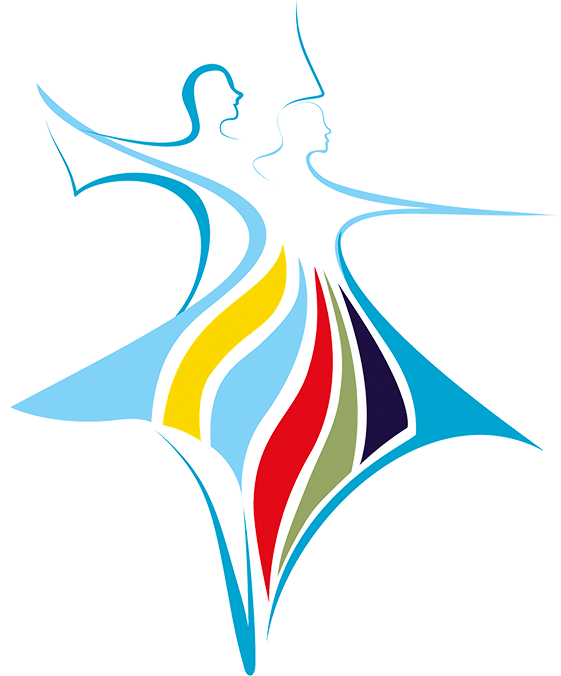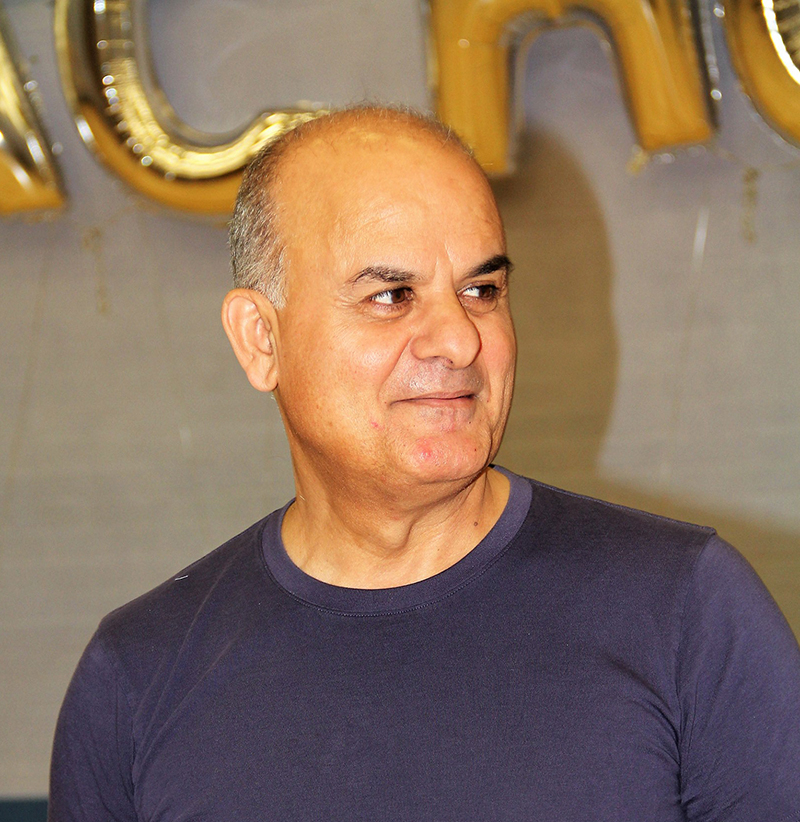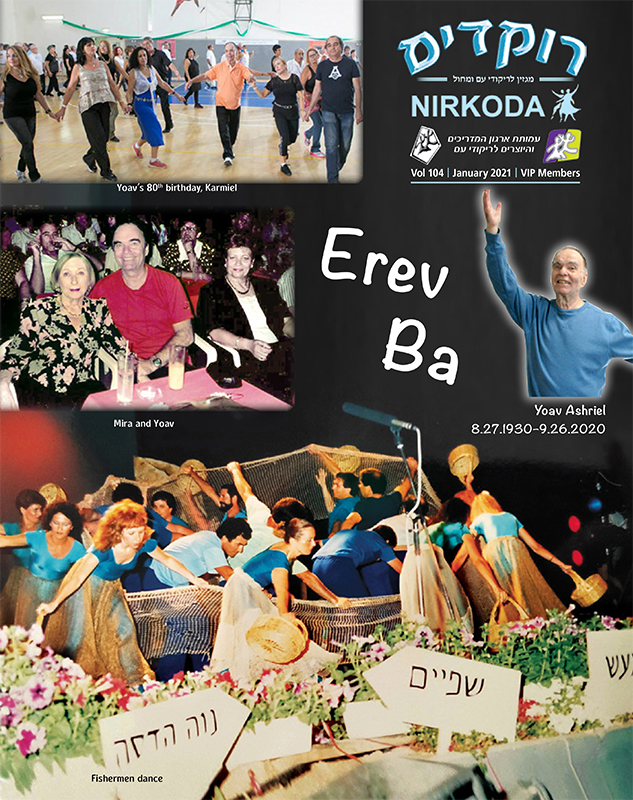- Home
- Rokdim Nirkoda 105
- The Man And The Harkada
Leadership, charisma and expressive ability, to be in control under various circumstances are all characteristics that are difficult to learn and to be adept at. However, when an individual possesses these attributes, he is immediately recognized as a leader.
First tests of leadership: Do people follow you? Do you lead and form a public opinion? Do you bring about a change that will be accepted in the field in which you are active?
Undoubtedly, Yoav was that kind of a person – a professional leader, a human leader of quality that we don’t see every day. There are very few people who were lucky enough to be accepted as leaders by their peers and he was one of those few. All the teachers and choreographers, who were active during that period drew inspiration from him, used his ability to disseminate dances, and acknowledged his professional leadership.
Even those who criticized him knew to always add that he was a professional. There are those who said: “It was difficult with him and I say: “It would have been impossible without him”.
His ability to assume responsibility, to change, direct and improve dances for choreographers from different backgrounds was known and it was not always pleasant for those who experienced working with him.
Meeting with him always began with the same routine; there was a short talk peppered with a bit of history. For example: “I went against the mainstream and choreographed ‘Erev Ba’ in spite of those who said: What is this, ballet? We are only interested in ‘folk dances’”. This is a story he often recounted during many meetings with him. His purpose was to encourage everyone who worked with him, not to be afraid and to dare to create non-standard things.
I never knew how our meetings would wind up. Would he be excited with my dance or will I have to “improve” it? One phrase that he kept repeating was: “Go work on it.” In other words, you did something nice, but it was not good enough to enter “the best spot in town” to spread folk dances – “The hishtalmut (workshop for instructors) of Yoav and Mira”.
My first meeting with him hit a road block, and, to my regret, it was not a pleasant one. I arrived late to the meeting because of traffic jams in northern Israel. Shlomo Maman did everything he could to have Yoav agree to meet with me in spite of the delay. Yoav was finally convinced and with obvious reluctance, watched the dance I presented to him and said: “That’s what I’m wasting my time for?” He was not convinced that the dance was good enough to be presented at his hishtalmut. I wanted that with all my being, because if your dance was entered into Yoav’s hishtalmut it meant “that you were recognized as a folk dance choreographer”.
Fortunately, Shlomo made a great effort to convince him that the dance was good and would become a hit. After a long discussion, Yoav said discontentedly: “Okay Shlomo, to you, I will listen”, and included the dance in the hishtalmut.
In essence, I reveal, possibly for the first time, that because of Sholomo’s intervention, to this day we are dancing, “Lechu Neranena”; this is a dance that crosses generations that I was lucky enough to choreograph and, with time, it became popular throughout the world.
Every meeting with Yoav was a unique experience. Everyone was assigned a time slot and had to wait his/her turn to meet with him. It was just like an appointment with a doctor, a psychologist or any other service provider.
He was like a Hassidic rabbi with no Hassidim [followers] but with a big audience, well renowned, without any certification, but with many approvals and success known to all. He was a very sensitive person however, he had a very sharp tongue when he wanted to express his opinion on any topic.
There is no doubt that, with all his being, he fulfilled his calling as a mentor who was sought out by everyone. The man loved, talked and breathed folk dance. I never knew if he would accept a dance I presented to him; if he would love it or reject it.
I, the unworthy, developed an awareness to the way he sat during our meetings when I came to present my new dances to him. I knew his body language well. When he stood up and stretched, it was clear to me that he was interested in the dance.
And if he exhibited restlessness in the way he sat, and moved from side to side, I knew there was no chance that he would agree to include the dance in the next hishtalmut. To my delight, I was lucky to have him stand and stretch to his full height when I presented my dances to him.
When the Israeli folk dance pantheon will be established, Yoav Ashriel’s place will be in the front row. We are lucky to have been privileged to have a personality like him amongst us.









Comments
התראות